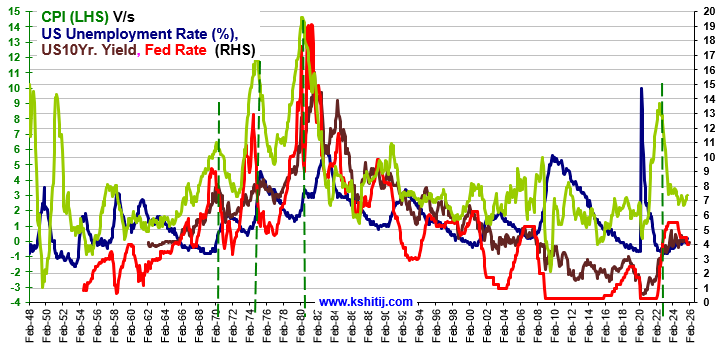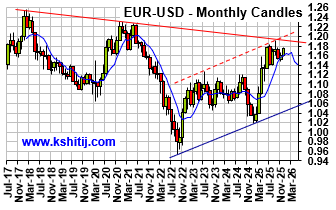Use a Forecast for Budgeting
May, 28, 2012 By Vikram Murarka 0 comments


 If the future were known, one could have used the future rate to price the export/ import transaction and to budget accordingly. But, nobody knows the future, right? So, some businesses tend to use the Forward Rate as a proxy for the future, simply because it is a rate that pertains to the future.
If the future were known, one could have used the future rate to price the export/ import transaction and to budget accordingly. But, nobody knows the future, right? So, some businesses tend to use the Forward Rate as a proxy for the future, simply because it is a rate that pertains to the future.
THE FORWARD IS A FAULTY BENCHMARK
USE A FORECAST AS A BUDGET
The answer is to use a currency forecast as the budget rate for the future payment/ receipt. “If only it were possible!” you would say, Dear Reader. “I would do it, if I had a reliable forecast. But, nobody can forecast currencies!” This notion is true to some extent and untrue to some extent. Yes, currencies cannot be forecasted exactly. However, they can be forecasted with a reasonable degree of accuracy, within an acceptable degree of variance. And, such forecasts can serve as better budget rates than the Forward rates.MARKETERS DO IT ALL THE TIME
Array
Since our last report (29-Oct-25, UST10Yr 3.985%) the US Fed has indeed reduced the Fed Rate by 25bp to 4.0%. Some economic data has started to …. Read More
Earlier in 2020, the Silver/Brent ratio rallied on sharp decline in Brent whereas it has rallied much higher in 2025 due to surge in precious metals. Will the ratio continue to rise in 2026? Or will it decline back sharply? … Read More
EURUSD has risen on Dollar weakness following the Fed’s 25 bp rate cut. With the Fed signaling one more cut in 2026 before a pause, the pair may remain stable at …. Read More
In our 09-Nov-25 report (10Yr GOI 6.51%) we again expected Inflation to rise sharply, but instead the CPI has again surprised by falling to 0.25% in Oct-25. The Q2 GDP has come in strong at … Read More
In our 11-Nov-25 report (USDJPY 154.10), we expected the USDJPY to initially decline towards 150 before eventually rising towards 158-160 in the long run. However, the pair limited … Read More
Our November ’25 Dollar Rupee Monthly Forecast is now available. To order a PAID copy, please click here and take a trial of our service.
- Kshitij Consultancy Services
- Email: info@kshitij.com
- Ph: 00-91-33-24892010
- Mobile: +91 9073942877










